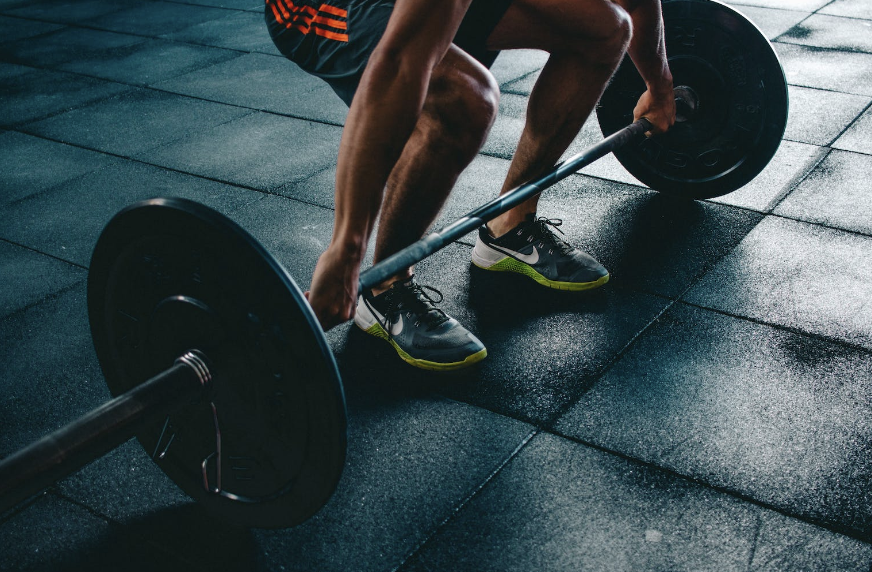Weightlifting is a popular form of exercise that can help you build strength, improve your overall fitness, and achieve your desired physique. However, weightlifting also poses a risk of injury if you do not perform the exercises with proper form. In this blog post, we will discuss the importance of proper form in weightlifting and provide tips on how to avoid injury.

Why Is Proper Form Important?
When you perform weightlifting exercises with proper form, you activate the targeted muscles more effectively, which leads to better results. Proper form also reduces the risk of injury by minimizing stress on your joints, tendons, and ligaments. It allows you to lift heavier weights safely and progress more quickly in your training.
On the other hand, lifting with improper form can lead to a range of injuries, including muscle strains, joint pain, and even bone fractures. These injuries can be painful, limit your ability to exercise, and take a long time to heal. In some cases, they can also lead to chronic conditions that affect your quality of life.
How to Avoid Injury in Weightlifting?
To avoid injury in weightlifting, it’s important to follow proper form and technique for each exercise. Here are some tips to help you lift safely and effectively:
Start with a Warm-Up
Before you start lifting weights, warm up your muscles and joints with a light cardiovascular exercise, such as jogging or cycling. This increases blood flow to your muscles, prepares them for the workout, and reduces the risk of injury.
Use Proper Form
To perform each exercise with proper form, follow these guidelines:
- Maintain a neutral spine position by keeping your chest up, shoulders back, and hips aligned with your feet.
- Keep your core tight throughout the exercise to support your lower back and maintain stability.
- Keep your joints in a safe range of motion, avoiding excessive bending or twisting.
- Use a controlled motion, avoiding jerky movements or bouncing the weights.
- Exhale during the exertion phase of the exercise (when you lift the weight) and inhale during the relaxation phase (when you lower the weight).
Start with Light Weights
If you’re new to weightlifting or haven’t lifted in a while, start with light weights and focus on proper form. As you gain strength and confidence, gradually increase the weight and intensity of your workouts.
Progress Gradually
Don’t try to lift too much weight too quickly, as this can increase the risk of injury. Instead, progress gradually by increasing the weight or reps of each exercise by a small amount each week.

Take Rest Days
Rest days are important for muscle recovery and growth, and can help you avoid overtraining and injury. Aim to take at least one or two rest days per week, and avoid lifting on consecutive days.
Listen to Your Body
If you experience pain or discomfort during a workout, stop immediately and assess your form. If the pain persists, consult a doctor or physical therapist to determine the cause and seek treatment if necessary.
Stay Hydrated
Drinking enough water before, during, and after your workout can help to prevent dehydration and muscle cramps, which can increase the risk of injury.
Conclusion
Proper form is essential for safe and effective weightlifting. By following these tips and guidelines, you can reduce your risk of injury and maximize your results. Remember to start with a warm-up, use proper form, start with light weights, progress gradually, take rest days, listen to your body, and stay hydrated. With consistent practice and attention to form, you can achieve your fitness goals safely and successfully.


